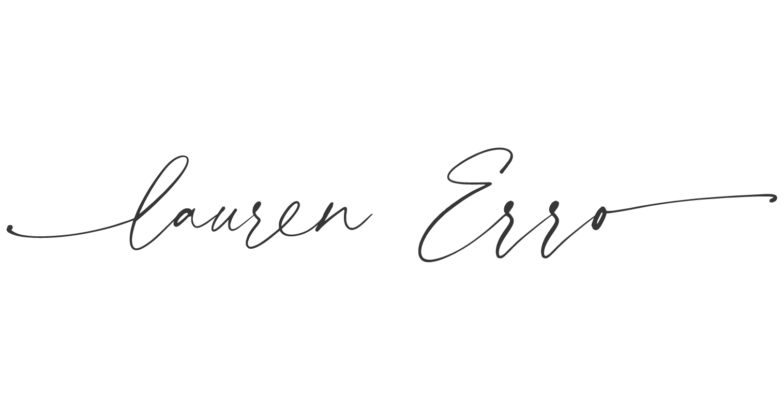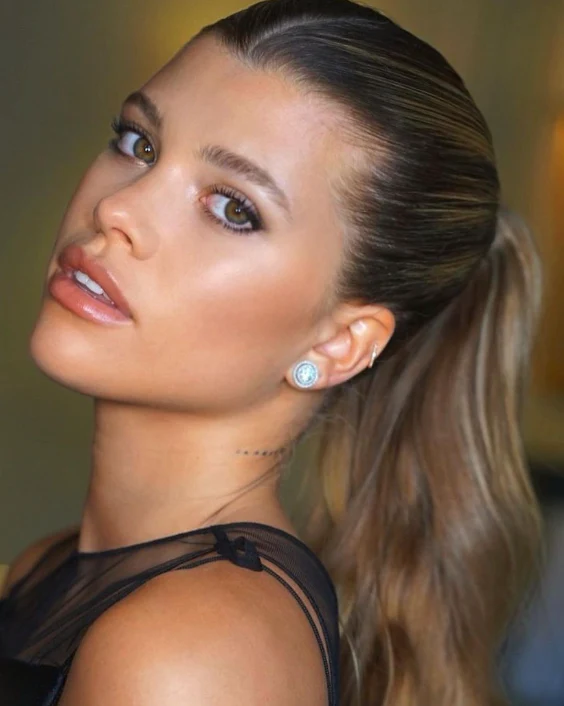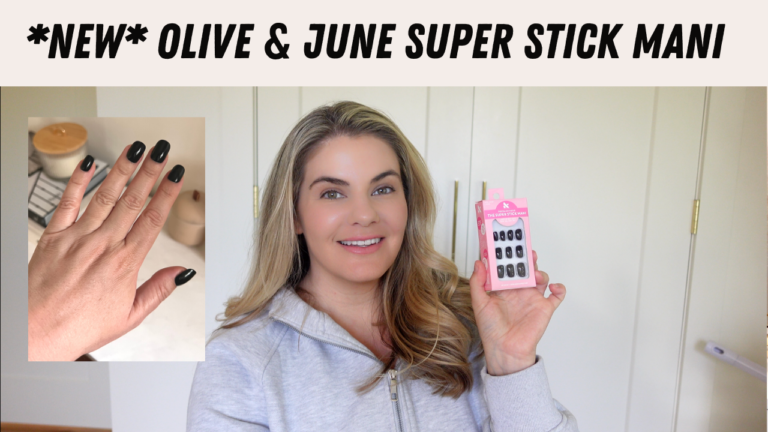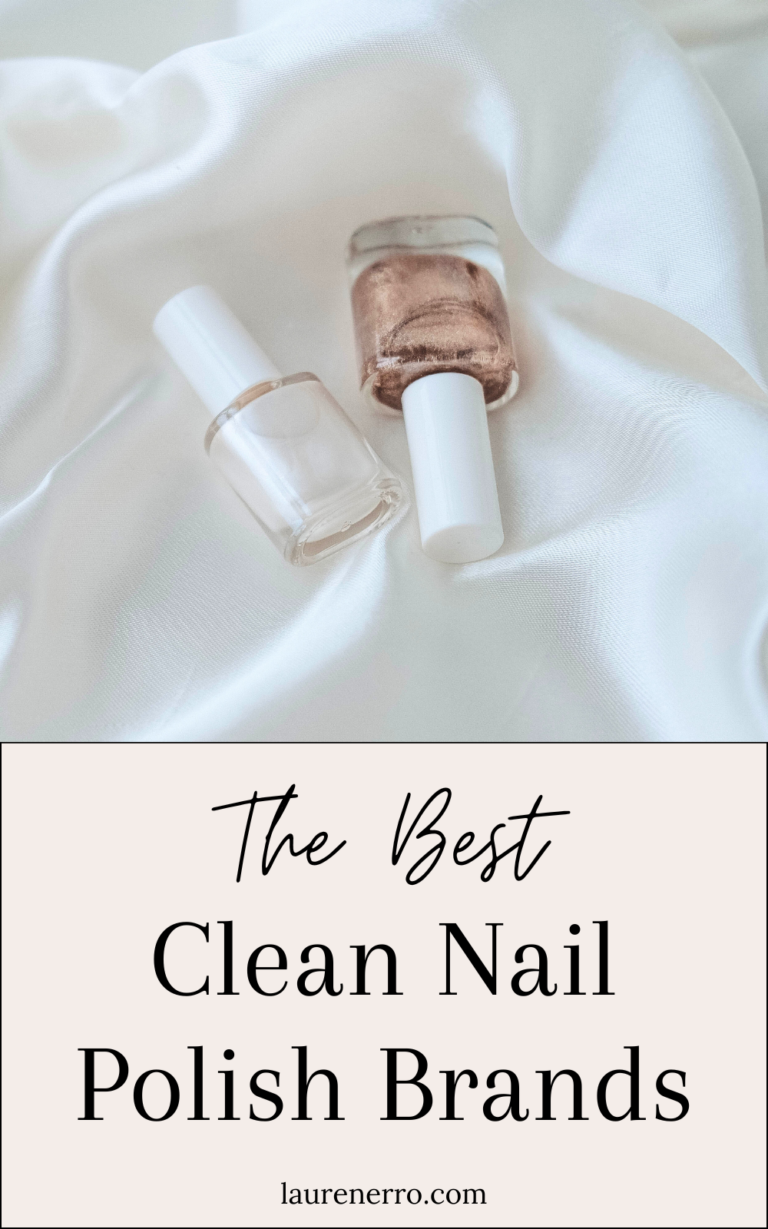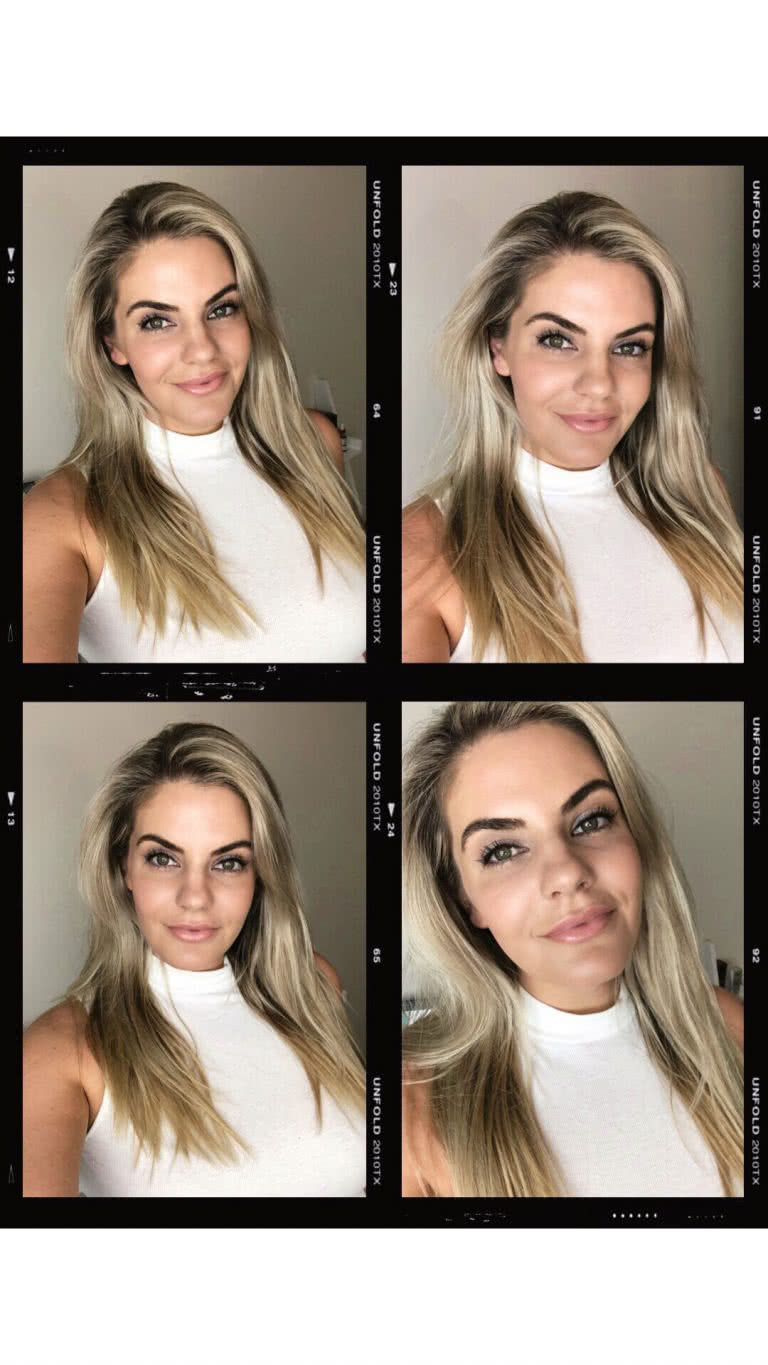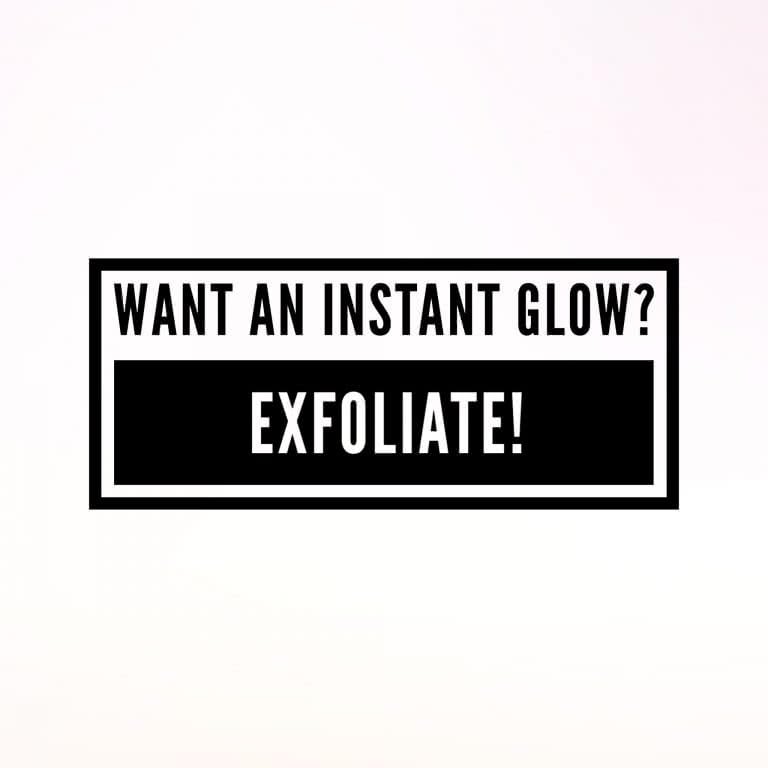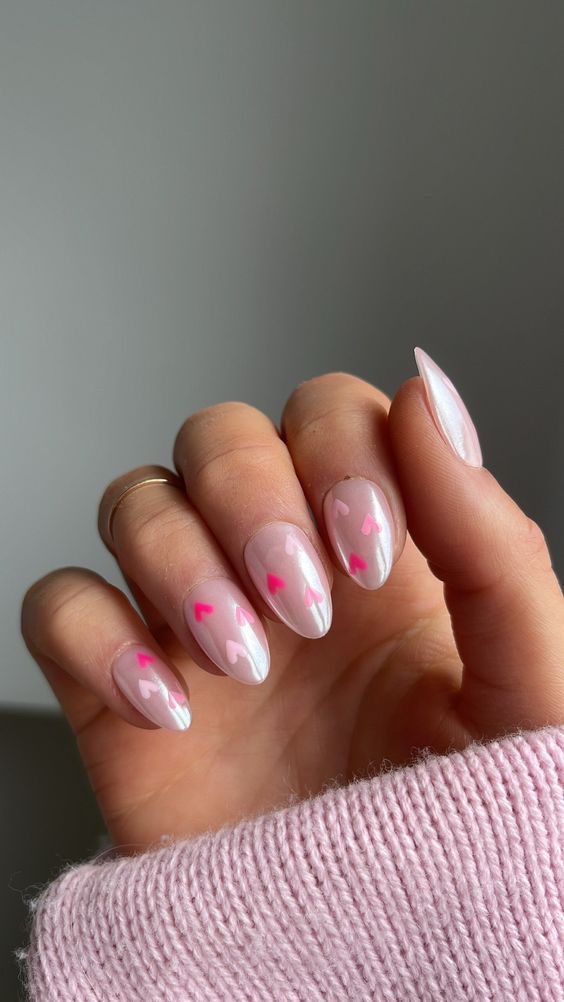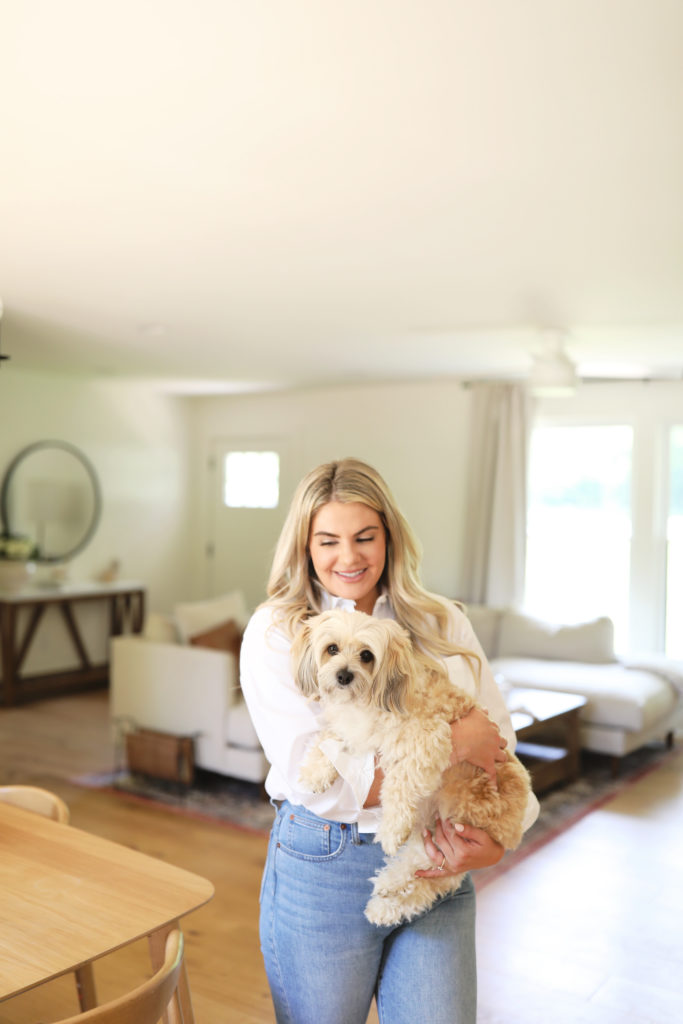Everything You Need To Know About Types of Exfoliants
In case you haven’t heard, exfoliating is essential for a good skincare routine. It minimizes the appearance of large pores by clearing the dead skin & debris out, smooths rough patches, fades dark spots on your skin, and makes you glow! Our dead skin cells slough off every 28+ days and as we age it takes even longer. Though they’re microscopic, they are the cause of many of our biggest skin complaints. They also block your skincare products from being able to absorb into your skin and your makeup from looking smooth. So, yeah it’s safe to say exfoliating is crucial if you want great skin. In this post, I’m going to explain how to exfoliate, when you should do it, and which method is best for your skin type.
How often should you exfoliate your face?
For most skin types I say 2-5 times a week but this varies on your skin type. The goal is to gently help along your body’s natural exfoliation process so that your face naturally glows. Below are the most common skin types and how best to exfoliate for each. I’ll go into my favorite products later on in this post.
Sensitive skin:
You should be extra gentle and exfoliate with a mild chemical exfoliant with lower active ingredient percentages once or twice a week. If your skin tolerates that you can bump it up to more days but if you experience any irritation then cut back again. You can also physically exfoliate using a clean warm, wet washcloth, a silicon sonic cleansing tool, or a VERY mild scrub.
Oily skin:
Your skin has a higher tolerance for all types of exfoliants like scrubs, acids, dermaplaning/ shaving… etc. You can exfoliate daily if your skin can tolerate it.
Normal to combination skin:
You can use any exfoliation method and see which your skin prefers. Exfoliate 3-7 times a week. This is my skin type and I use acids daily and a physical scrub 1-2x a week. I also shave my face every 2-3 weeks and use an acid right after- it makes your skin GLOW.
Now, onto the types of exfoliants. There are 2 “main” methods of exfoliating- Physical and Chemical. But within those two there are many ways that can fit your skin’s needs depending on your skin type.
Physical Exfoliation
Physical exfoliation is done with the use of grainy scrubs, brushes, masks, dermaplaning, shaving (tutorial here), microdermabrasion, or any other method to manually remove your dead skin cells.
Lately, physical scrubs have gotten a bad rep because they can be abrasive and can potentially cause more harm to your skin. I actually LOVE a good physical scrub, but I can see how people may take it too far. Use scrubs with tiny grains and don’t push hard! Gently rub in tiny circles all over your face and lips then gently rinse.
The easiest way to incorporate a face scrub is when you’re already washing your face. I like to cleanse with my normal cleanser then double cleanse with my scrub and lightly rub in circular motions.
My favorites scrubs are:
There are also amazing masks that have scrubs in them. When you remove the mask your skin looks and feels incredible! Some of these also include chemical exfoliants so they may be too intense for sensitive skin.
These are my favorite skincare tools that help to physically exfoliate:
Chemical Exfoliation
Chemical exfoliation has become popular because it’s generally more gentle than a scrub and can be done on even the most sensitive skin types. Chemical sounds scary but really it’s just the use of gentle acids that dissolve the “glue” that binds your dead skin cells to your face.
Essentially, there are two types of chemical exfoliants: alpha hydroxy acid (AHA) and beta-hydroxy acid (BHA). Let’s break them down:
Alpha Hydroxy Acid- AHA
AHAs, such as lactic or glycolic acid, dissolve dead skin cells and debris from the skin’s surface. These are beneficial for all skin types and help to “unglue” dead cells to make skin brighter and smoother. They also brighten skin, kill bacteria, improve hydration, help with fine lines and wrinkles, treat Keratosis Pilaris (Chicken Skin), and more.
The most common alpha hydroxy acids are Lactic and Glycolic but there are quite a few out there and it seems like there’s a new acid ingredient popping up every month. Other notable acid ingredients are Azelaic, Mandelic, Polyhydroxy, and others. FYI Hyaluronic Acid is not a resurfacing agent- it helps bring hydration to the surface of your skin but it doesn’t exfoliate.
If you have sensitive skin start with Lactic. It’s a bit more gentle than Glycolic because it doesn’t penetrate as deep into the skin. Glycolic has the smallest molecule of all of the acids so it absorbs the deepest into your skin and will work the fastest, but because of that, it can be a little more intense.
Acids come in basically every form: Face wash, toner, serum, peel pads, moisturizers, and masks. So you can really incorporate them into your routine at any time. My personal favorite way to use acids is in my serums- Jan Marini’s BioClear is a must-have for me. Lately, I’ve been experimenting with toners that have acids and I’ve been really enjoying that method too! I use acids basically every day and it works well with my combo/acne-prone skin but if you’re new to acids I do suggest starting slow. Apply every three days and if your skin tolerates it well try using them more.
By the way, the order you apply your skincare goes from thinnest to thickest consistency. So you wash, tone, serum, moisturize, and apply SPF (skip SPF at night obviously).
My favorite ways to use AHA products in my routine is with toner, serum, peel pads, or treatment masks – pick one of these options, don’t use them all together! Masks are done 1-3x a week so when you mask just skip your other acid treatment. You can use acids in the morning or evening- it doesn’t matter- just be sure to use SPF and sun protection because they will make your skin more sensitive to the sun.
Use toners & peel pads after you wash your face
I apply serums after my (non-acid) toner, Thayers. Serums are my favorite way to use acid in my routine:
Masks are a great way to incorporate acids too, here are some of my favorites:
Beta Hydroxy Acid- BHA- Great for acne prone skin
BHAs are oil-soluble, meaning they break down oil-clogged pores and treat blackheads, whiteheads, and zits. They’re also anti-inflammatory and antibacterial, which will help soothe any irritation from exfoliating, or from acne. The most popular BHA is salicylic acid, a longtime favorite acne spot treatment.
Below I share my favorite BHA products- toners & serums.
Can you combine AHA and BHA Exfoliants?
Yes! Many of the products I mentioned above are combined with both. If you’re looking for a non-combo I find that toners are generally the easiest to find the one ingredient you’re looking for. But it’s ok to mix acids! They’re usually gentle enough that your skin will be fine!
One of my favorite products that combines AHA and BHA exfoliants is Drunk Elephants Baby Facial. It has a high percentage of AHA’s but it’s still pretty gentle.
An example of a combo that I wouldn’t recommend for those with sensitive skin- The Ordinary AHA 30% BHA 2%- it’s one of the most deeply exfoliating products on the market. It’s definitely not for beginners, so start with a more mild exfoliant and move upwards—keep in mind that what’s mild to me, might be too intense for you. An easy way to tell if a product will be intense is to look at the percentage of ingredients. The 30% AHA in this is very high!
How do I include exfoliation into my skincare routine?
Don’t be scared to incorporate it into your routine! Your dead cells re-accumulate every day, so regular exfoliation is a must. If you’re using a scrub, wash your face with your normal cleanser first, then cleanse again with your scrub. If you have a mask, apply it to clean skin. Serum- Apply after you cleanse and tone. You can use physical and chemical exfoliants AM or PM- wherever they fit into your routine.
No matter what, you must always moisturize after you exfoliate and wear SPF during the day. Exfoliants increase your skin’s sensitivity to the sun. But since you’re already diligent about wearing sunscreen and reapplying throughout the day, you’re good!
Can you over-exfoliate?
Yes! Exfoliating too often can damage your skin’s barrier and make it dry, red, flaky, itchy, breakout, cause premature fine lines, and overproduction of oil. So just remember, when exfoliating: less is more and start slow.
Don’t worry if you’ve over-exfoliated. Just stop all exfoliation and just layer on a super-rich lotion with anti-inflammatory ingredients like aloe, cica, or calendula. My current fave is Laneige’s Cica Repair Sleeping Mask.
xx,
Lauren

